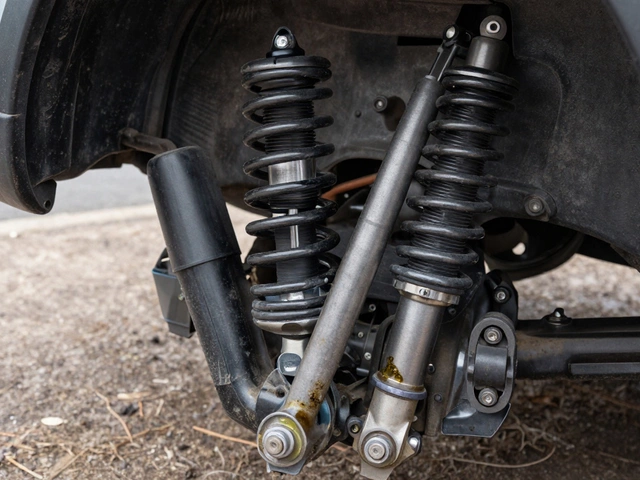Wiper Blade Installation: How to Replace Windscreen Wipers Correctly
When your wiper blade installation, the process of removing old and fitting new windshield wipers to ensure clear visibility in rain or snow. Also known as windscreen wiper replacement, it’s one of those simple car tasks that can save you from dangerous blind spots. If your wipers smear, chatter, or leave streaks, you’re not just dealing with an annoyance—you’re risking your safety. A good wiper blade isn’t just rubber on a frame; it’s a precision part designed to match your car’s windshield curvature and withstand years of sun, ice, and grit.
Getting the right windscreen wiper size, the exact length in inches needed for your car’s front and rear windshields is the first step. Too short? They won’t clear the glass. Too long? They’ll overlap, bend, or damage the mechanism. You can find your size in your owner’s manual, but most people just pull the old blade off and check the number printed on the back. Brands like Bosch, Michelin, and Rain-X make blades that fit specific models—your car’s make, model, and year matter more than you think. And don’t forget the rear wiper if you have one. Many drivers replace only the front and wonder why their back window still looks foggy.
wiper blade replacement, the act of swapping out worn rubber strips or entire wiper assemblies to restore clear vision isn’t complicated, but it’s easy to mess up. You don’t need tools—just a little patience. Most blades clip or hook onto the arm. Push the release tab, slide the old one off, line up the new one with the connector, and click it in until it locks. If it doesn’t feel secure, it’s not. A loose blade can fly off at speed. And always replace both blades at once. Even if one looks fine, the other is probably worn down from the same sun and rain. Using mismatched blades causes uneven wiping and blind spots you won’t notice until it’s raining hard.
There’s no magic schedule for wiper replacement. Most manufacturers say every 6 to 12 months, but that’s just a guess. If you live in a sunny area, the rubber dries out faster. If you drive on dusty roads or use your wipers to clear ice, they wear out quicker. Look for cracks, splits, or stiff rubber. If they squeak on dry glass or leave streaks even after cleaning the windshield, it’s time. A quick test: spray water on the glass and run the wipers. If they skip or smear, replace them now.
Some people try to extend blade life by flipping them over—using the other side of the rubber. It might work for a few weeks, but it’s not a fix. The metal frame wears too. And never use wipers on a frozen windshield. Ice can snap the arm or tear the rubber. Scrape the ice first. Always.
What you’ll find below isn’t just a list of articles—it’s a collection of real-world advice from drivers who’ve been there. From how to find your exact wiper size without guessing, to why some blades last longer than others, to what happens when you ignore worn wipers until it’s too late. These posts cut through the noise. No fluff. Just what works.





